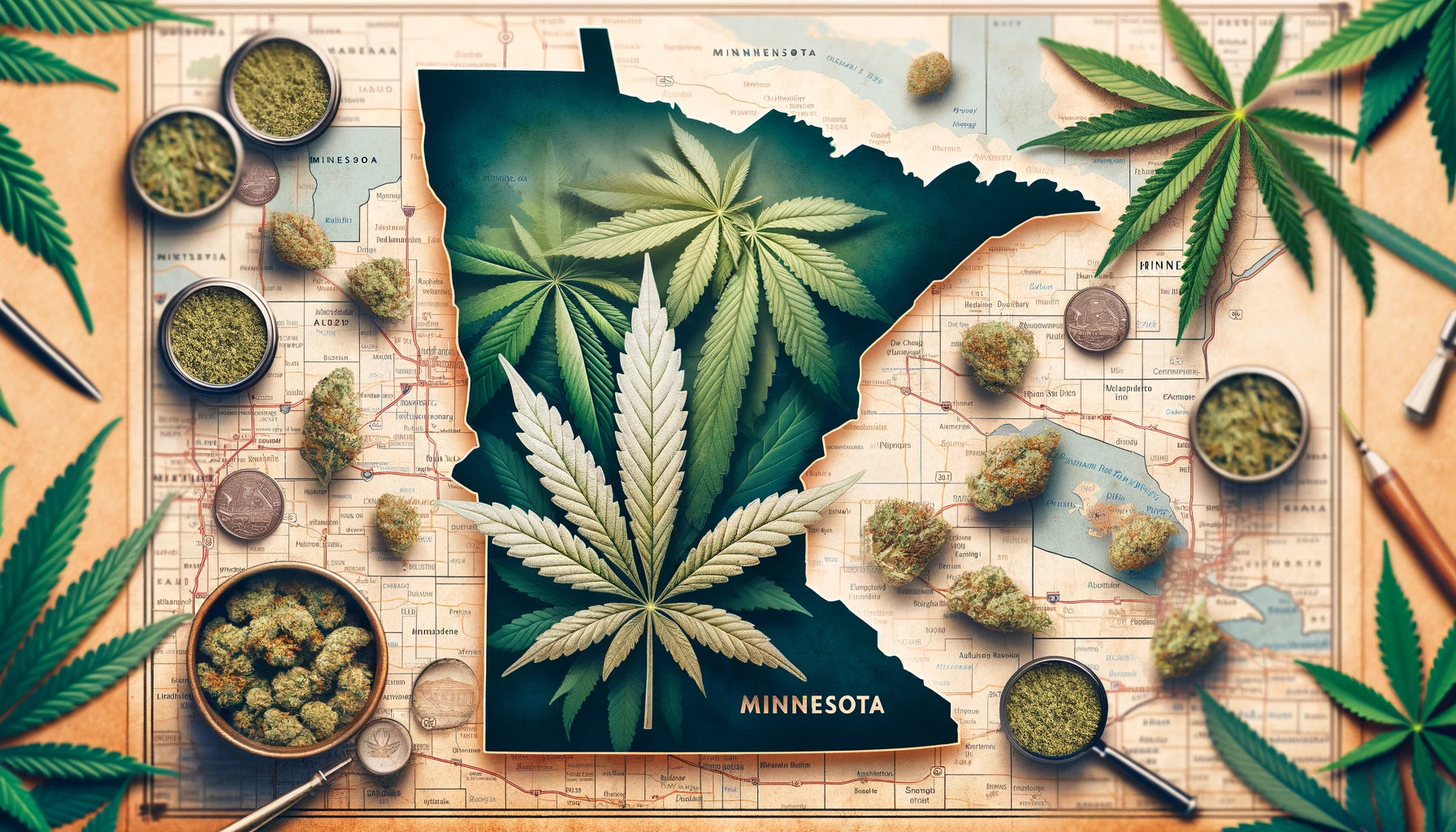The Dawn of Recreational Cannabis in Minnesota
As the clock struck midnight and the calendar flipped to August 1st, Minnesota joined the ranks of states where marijuana is no longer just a medical solution but a recreational choice for adults. The decision has been a culmination of long-standing debates, socio-economic evaluations, and a push towards more progressive policies. But what does this really mean for the residents of Minnesota?
The Journey to Legalization
The Democratic-led Minnesota Legislature paved the way for this historic move when it passed a comprehensive cannabis bill, which was subsequently signed into law by Democratic Governor Tim Walz in May. This didn’t come without its controversies. Critics voiced concerns about potential impacts on public safety and the younger generation. Conversely, supporters were quick to highlight the failure of marijuana prohibition, noting its particularly harsh impact on people of color.
The state now stands as the 23rd in the nation to embrace the green wave of legalization, a movement initiated by trailblazers like Colorado and Washington over a decade ago.
The Lay of the Legal Land
From August 1st, adults aged 21 and above can legally possess up to 2 ounces of cannabis flower, 8 grams of concentrate, and edibles containing up to 800 milligrams of THC. At their homes, they can possess up to 2 pounds of cannabis flower. Moreover, Minnesotans can also cultivate up to 8 of their own plants, provided no more than 4 are flowering at once, and they’re kept out of public sight.
The taxman is not forgotten in this new landscape. Low-potency edibles derived from industrial hemp, which were legalized last year, have been taxed at 10% since July 1. This taxation scheme will extend to other cannabis products as they roll into the market.
A Slow Start to Retail
While some tribes, such as the Red Lake Nation, are leveraging their sovereign rights to commence immediate sales, most Minnesotans will have to wait. The state’s official stance predicts that the majority of legal retail sales might only kick off around 2025, as they develop a rigorous licensing and regulatory structure.
Drawing parallels with New York, Minnesota is prioritizing “social equity” in its licensing strategy. This means special considerations will be given to those from areas adversely affected by marijuana’s illegal status, individuals with expunged convictions, or military veterans penalized for marijuana-related infractions.
Where Can You Light Up?
Smoking or vaping marijuana remains restricted to private properties. In the future, event organizers with the appropriate permits might allow it at their gatherings. Yet, the act remains forbidden in places like schools, buses, state prisons, federal properties, and wherever tobacco smoking is disallowed.
Guns and Cannabis: A Tricky Intersection
For those protective of their Second Amendment rights, the new law has a tricky caveat: while state law might be cannabis-friendly, the federal law still views marijuana users as “unlawful” when it comes to owning firearms or ammunition.
Clearing Past Convictions
With the legalization, the state acknowledges past punitive measures by initiating the automatic expungement of minor marijuana convictions starting in August. An estimated 60,000 Minnesotans stand to benefit from this move, though it might take up to a year to process all records.
Towards a Structured Future
The newly-formed Office of Cannabis Management will be the overarching authority managing Minnesota’s marijuana industry. They’ll not only handle the recreational side but will also supervise the medical marijuana program, ensuring it remains untaxed.
While the path to full-fledged retail operations might be prolonged, Minnesota’s move towards cannabis legalization marks a significant step in America’s evolving relationship with the plant. As Minnesotans navigate this new terrain, it will be crucial to stay informed, responsible, and aware of the nuances that this change brings.


